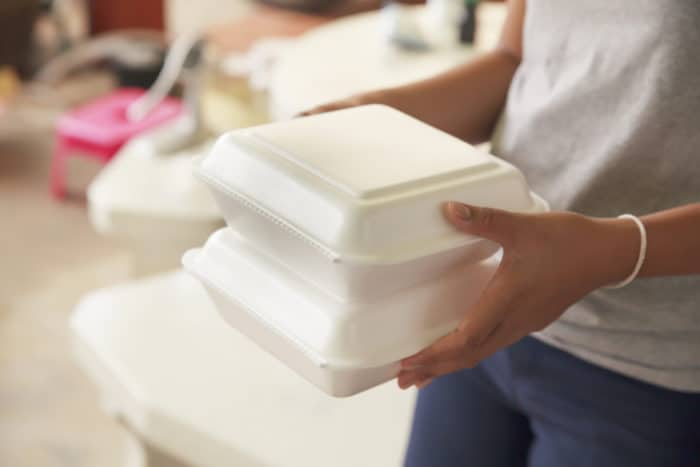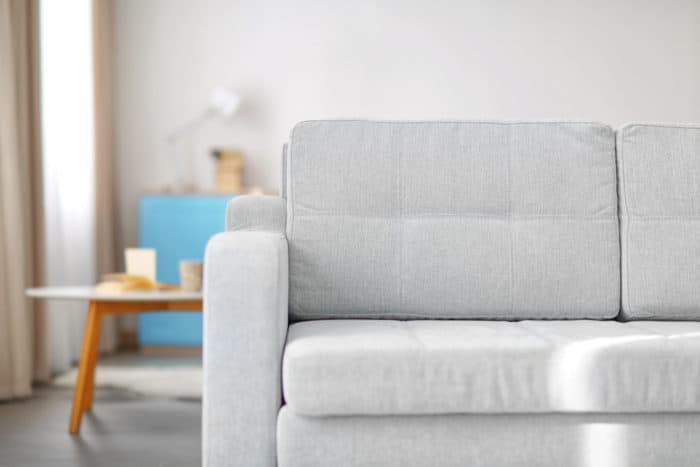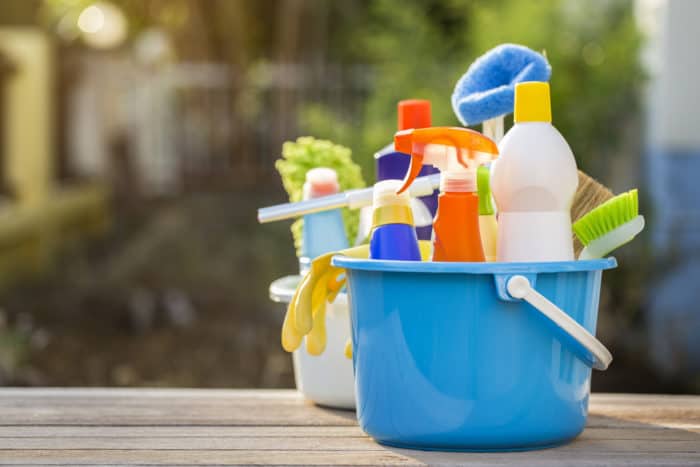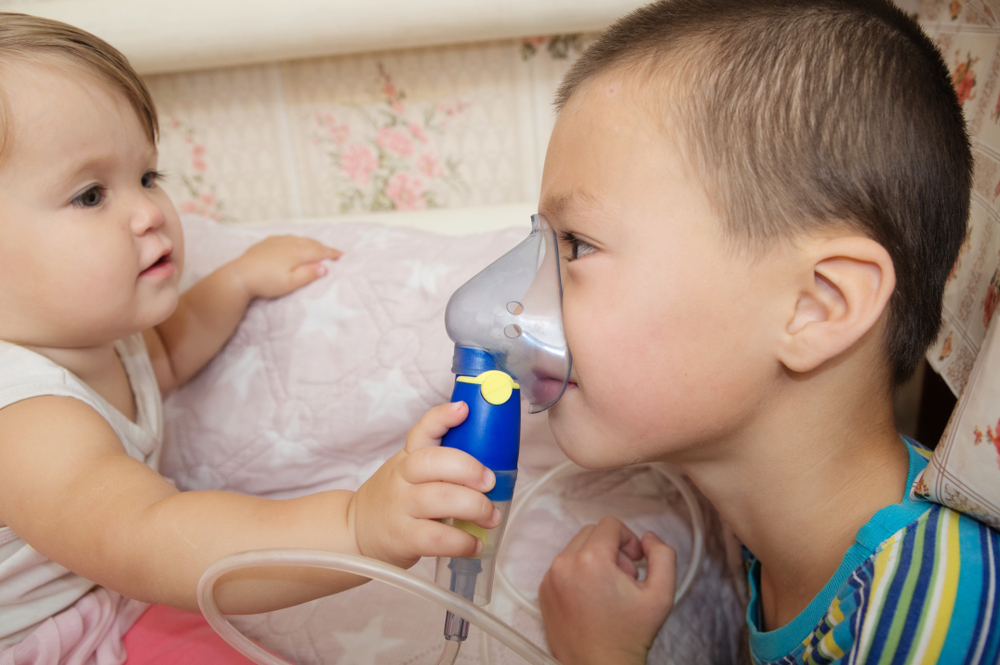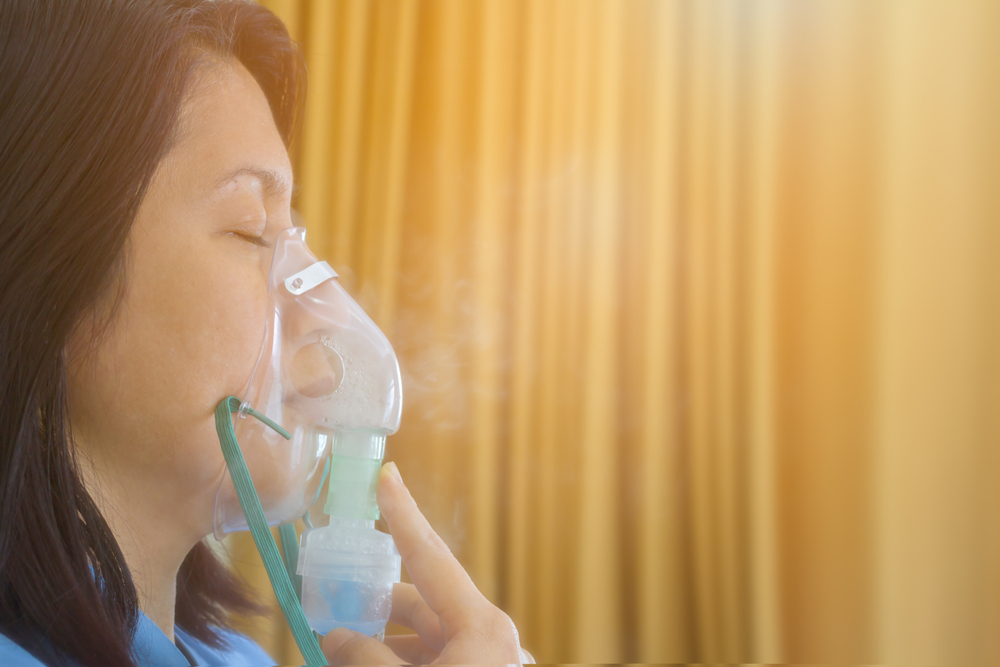Contents:
- Medical Video: 5 COMMON CANCER CAUSING ITEMS WE NEED TO ELIMINATE IN OUR HOUSE IMMEDIATELY
- Could things at home cause cancer?
- 1. Clothing and shoes
- 2. Home garden
- 3. Styrofoam
- 4. Sofa
- 5. Cleaning liquid
- 6. Vinyl flooring
- Ways to prevent exposure to chemicals
Medical Video: 5 COMMON CANCER CAUSING ITEMS WE NEED TO ELIMINATE IN OUR HOUSE IMMEDIATELY
Household appliances that you consider clean actually store various chemicals that can trigger health problems. A study from the Journal of Environmental Science and Technology shows that there is at least one type of chemical hidden in every household appliance and objects at home. This can then potentially interfere with health, one of which causes cancer.
Could things at home cause cancer?
Actually until now experts have not found the exact cause of cancer. Cancer occurs when healthy cells in the human body mutate (change) into cancer cells which then damage the organs in which the cells are located. If not treated, these cells can spread and attack other organs.
This change in healthy cells into cancer cells can be triggered by various things. Among them are genetic factors (heredity), exposure to radiation or dangerous chemicals, and unhealthy lifestyles. However, in some cases, people who are healthy and do not have cancerous offspring may suddenly be diagnosed with cancer.
Then what about the objects in the house made of various kinds of chemicals? Is it possible for household items and equipment to cause cancer? Well, actually things at home might not directly cause cancer, but trigger them. Especially if you already have other cancer risk factors such as heredity or unhealthy lifestyle.
Some items and tools at home may have chemicals that are classified as carcinogens (cause of cancer), but the content is very small until the risk is not too large. After all, there are usually special rules and standards in the use of carcinogenic chemicals for household products.
Even so, there's nothing wrong with looking at any items and equipment in your home that might potentially cause cancer.
1. Clothing and shoes
If most of the clothes you use are washed with technique dry cleaning (dry washing), be aware of the content of perchlorethylene in it. The chemical perchlorethylene, or commonly called tetrachlorethylene, is a substance that can be used to dry cloth or materials. You can also find perchlorethylene in shoe polish and wood cleaners.
Perchlorethylene can easily enter the human body through evaporation into the air, then inhaled by breathing. A study from the American Cancer Society found that exposure to high perchlorethylene can increase the risk of developing white blood cell (leukemia) and lung cancer.
However, once again the risk of the cancer appears only if you are exposed to this amount in very large quantities and often, for example to workerslaundry.To avoid the risk, use a mask when washing and drying clothes or when polishing shoes.
2. Home garden
Chemicals that are on the ground have a lot of dioxin in them. Dioxin is a carcinogenic substance, which can easily be found on plant residues, dust on household appliances, or dirt on the floor.
According to the World Health Organization (WHO), dioxin is a toxic substance that is harmful to health, which in turn can disrupt the function of the liver, immune system, endocrine system, and nervous system. In fact, health experts also confirm that high dioxin exposure can cause cancer.
3. Styrofoam
Other household ingredients that are thought to increase the risk of cancer are the use of styrofoam. Styrofoam is often used as a food or beverage container because it is practical. However, styrofoam contains the chemicals benzene and styrene which have been shown to cause cancer.
Both of these chemicals can easily seep into drinks or hot food using styrofoam containers. The World Health Organization (WHO) confirms that benzene and styrene are chemicals that are carcinogenic, which can trigger the growth of cancer cells in the body.
4. Sofa
After traveling, when you get home you will usually find the most soft and comfortable resting place. One of them is a sofa. Without realizing it, unfortunately your favorite sofa might potentially cause cancer.
The reason is, some furniture such as sofas, mattresses, mattresses, and other soft objects are made from TDCIPP material. TDCIPP material is an anti-fire material that is known to trigger cancer because of its carcinogenic properties.
Calm down, it doesn't mean you can't sit on the couch and sleep on your bed. As long as you are not exposed to these ingredients in high doses as in the factory, you are still safe. The use of these materials is also regulated and limited so that the levels remain safe for the health of consumers.
5. Cleaning liquid
Household cleaning fluids such as dishwashing liquid; detergent; and carpet cleaners, as well as some other items in your home, namely cosmetic tools and paint, contain many formaldehyde chemicals.
Formaldehyde is a chemical that is colorless, smells strong, and is flammable. This material is found in many household products.
Reported from the page of the National Cancer Institute, formaldehyde is believed to be a carcinogen for humans, especially if the exposure occurs in a long period of time. So, many studies suggest that exposure to formaldehyde has the potential to cause certain types of cancer.
To avoid the dangers of these chemicals, always use gloves and masks when you want to clean the house with these cleaning products.
6. Vinyl flooring
Vinyl floors that you might use as a base in your home contain chemicals called phthalates. Phthalates are commonly used to strengthen plastic durability. Actually not only on vinyl floors, phthalates can also be found on bathroom curtains, wallpaper, window coverings, tablecloths, and any household items made of PVC vinyl.
If the body is exposed to large amounts of phthalates, the endocrine system that regulates hormones in the body will be disrupted. This is associated with the risk of breast cancer, growth disorders, and fertility problems.
Ways to prevent exposure to chemicals
There are several right ways you can do to reduce the risk of exposure to various chemicals in household appliances, namely:
- Check the label of ingredients before you decide to buy a product.
- Regularly clean your household appliances. Because, sometimes even clean-looking equipment still contains invisible dust and bacteria.
- Be sure to always wash your hands after finishing the activity or touch and hold various objects.
- Styrofoam should not be used repeatedly, not used to heat food, and not used as a container of food or hot drinks.

